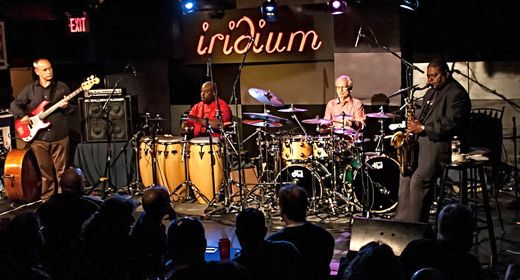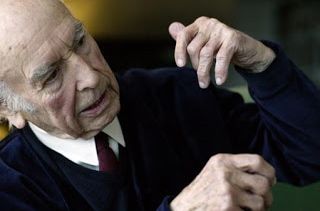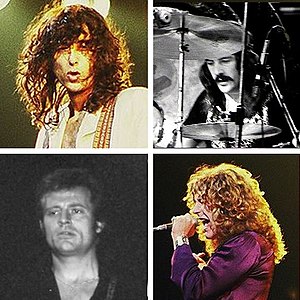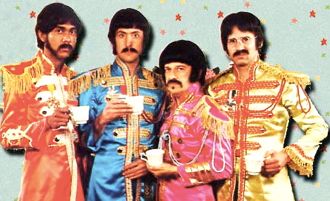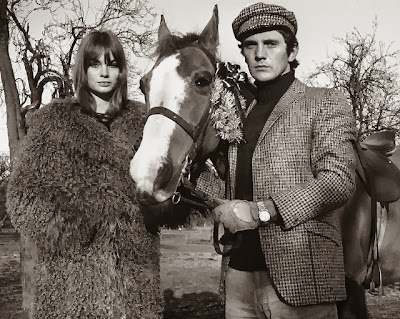 |
| The Velvet Underground & Nico (Wikipedia) |
“There’s only X amount of time. You can do whatever you want with that time. It’s your time” - Lou Reed.
I was watching TV around a week ago when I heard the instrumentation of Lou Reed's "Perfect Day" in a Playstation 4 advertisement.
In it, two friends take on different competitive video game roles and sing the song to each other.
Considering that the deceptively complex song is most likely about some combination of Reed's sexuality and drug use, I found it funny that it was used in a commercial about mindless simulation.
A week later, Reed is dead, and I am here writing a post I do not want to write.
Seventy-one years fit the variable in Reed's apt quotation, and, while the years seem cut off too soon, Reed once stated that he always believed he had something important to say, and there is absolutely no doubt that he said it.
Without Lou Reed, music is radically different. The underground New York rock scene of the 1960s - an extension of the crafty Beat generation - was instrumental in dynamically changing the face of music as an art form, and Reed had perhaps the grandest impact on this.
One of the main reasons behind this shift was Reed's uncensored lyrics. His sobsersided voice crooned about unconventional topics like heroin, drug dealers, withdrawal, and sex.
While some musicians in the mid-1960s hid these elements under cheeky metaphor and symbolism, Reed just came out and said it.
The Velvet Underground's debut album, The Velvet Underground & Nico, saw barely any commercial success, but is now considered one of the greatest albums of all time.
Reed, who wrote all of the songs (by himself or with other bandmates), scripted songs that still penetrate listeners like the cold tip of a needle.
"Heroin," for example, features lyrics like: 'Cause when the smack begins to flow Then I really don't care anymore Ah, when the heroin is in my blood And that blood is in my head Then thank God that I'm as good as dead Then thank your God that I'm not aware And thank God that I just don't care.
Lyrics like these were unheard of. Reed was the unmitigated voice of a popular underground of perpetual drug users, prostitutes, and eccentric virtuosos.
The album, aptly recorded during Andy Warhol's Exploding Plastic Inevitable tour, was a work sticky with Warhol's artful experimentation (including the iconic album cover) and, despite its small initial draw, was so inspirational that Brian Eno once famously proclaimed that of the 30,000 albums sold, 30,000 bands were created.
Quite simply, Reed and his bandmates (especially viola player John Cale) were almost fatidic - like musical Nostradamus.' They bent conventions and complacency and engendered the youth to rise up and talk openly about topics that were affecting them.
It should come to no surprise to anyone that Punk aficionados consider Reed to be a Godfather figure.
Not enough can be made of Reed's impact and intelligence. He was a rare breed of musician - a transformer. He shook away common conventions and formed his own music to tackle his own personal feelings and demons.
His religion was rock 'n' roll and guitar, as he said, and he was damn good at it. And while Reed was the first to admit that everything happens for a reason and when it's your time it's your time, it still is very hard to say goodbye to a musical legend like Reed.
His music will forever live with every clandestine artist, closeted individual, and so-called misfits, helping those in consternation understand that the only people who have issues are those who spew hate. He opened up a safe, artistic community for everyone living in the "underground."
So ... while there may be no consensus on what "Perfect Day" is explicitly about, I will reach to the lyrics "you just keep me hanging on" and hold on to Lou Reed as a musical inspiration. The world will miss you. I hope you are enjoying your walk on the wild side.




